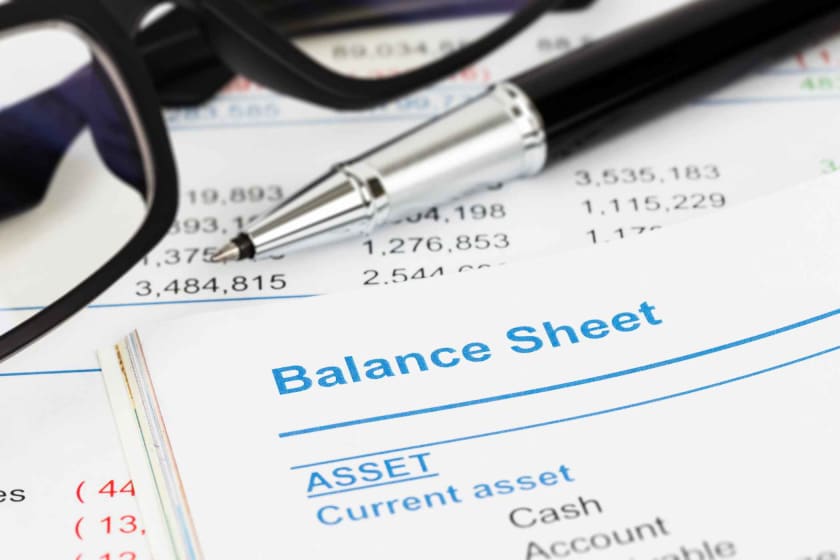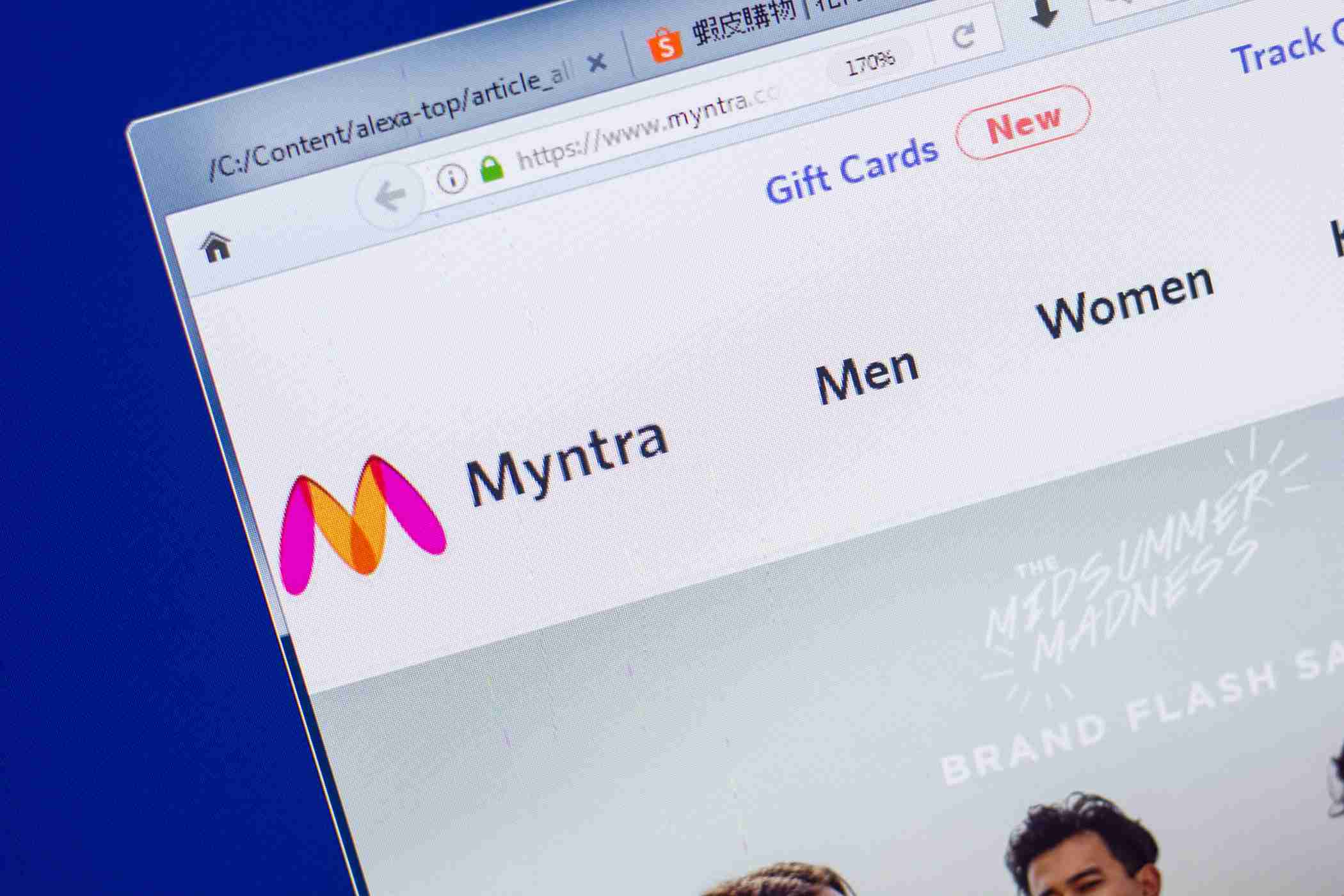Using The Right Balanced Sheet is Crucial For Your Business.



The first thing we associate with a business is money. Finance is the crux matter of dealing in. When we say finance, it includes all monetary aspects of a business, ranging from expenses to revenues. So it is only natural if one is obsessed with having the right balance sheet format.
What is a Balance Sheet?
The balance sheet is a financial statement that reports on the financial position of the company. The report is based on a given data at a given period of time. The information on the balance sheet forms the basis of the analysis of the business performance. The general formula of any balance sheet calculation is :
Assets= Liabilities+Capital
Entrepreneurs or investors draw inferences about their business, the utilization of the resources, and the desired output from this balance sheet.
Why do we need a Balance Sheet?
A balance sheet computes the most important data for you. But that is not the only reason why you should have a balance sheet. You need a balance sheet for the following important reasons:
- It tracks your financial growth (which, by the way, becomes an official record of your company) via comparative balance sheet analysis.
- It estimates your financial strength so it becomes less taxing while applying for a bank loan. Loan approval needs to learn about your financial position.
- You need a balance sheet for the stakeholders who need to grasp your position in the industry. As a parent company of many subsidiaries, you should have a consolidated balance sheet.
- Doing business is both prospective and risky. Your balance becomes your guiding angel in case you need to expand your business or meet unforeseen expenditures.
- A balance sheet reflects the success and failure of any transaction. It becomes a ground of reference for future actions.

Key Components of a Balance Sheet
Asset Section
This asset section includes both the current assets and the non-current assets. The current assets are the assets that can be liquified in an instant. Cash, account receivables, advance payments, or prepaid expenses come under this category. Short-term investments with a relatively current yield and inventories are also accounted as current assets. All other assets including long-term investments are considered non-current assets. Assets have positive impacts on finances.
Liability Section
These are the debts and obligations due sooner or later. This section has current liabilities (dues to be met in the current period or in less than a year), and long-term liabilities (dues payable in more than a year). These have negative impacts on finances as they mean losses instead of an incoming flow.
Equity or Capital Section
This portion of the balance sheet shows how much the business owes to the owner. The value of equity is the capital contributed and capital withdrawn by the owner. The equity section also includes the stakeholder’s equity, which is the general net worth of the company. Capital is calculated by subtracting total assets from total liabilities.
How can you prepare an appropriate balance sheet?
For preparing the balance you need to do the following:
Step 1. Identify the assets; split them into current and non-current assets for tallying. This will help the analyst to get to the root of the assets. The two categories are subtotalled and then totaled altogether.
Step 2. Identify the liabilities as current and long-term liabilities. The analyst will add up each category to merge them together at the end.
Step 3. Identify the equity. For a privately held company, the calculation of the shareholder’s equity will be straightforward. However, the calculation becomes a little complicated when it is publicly held.
Step 4. Add the total Liabilities calculated to the total Shareholders’ Equity. Compare the result to the assets side. Both sides should show the same result. If this does not happen, there must some issues you need to address. A balanced sheet must have a balanced outcome on both sides.
Tips for preparing a Consolidated Balanced sheet:
The process and objective are pretty much the same except for :
- It needs an accurate market value of the assets of the subsidiaries.
- Revenue of the parent company is excluded as the revenue of the subsidiary companies will sum up to the same anyway.

Is the Balance Sheet everything the company needs for the financial assessment?
While the balance sheet is crucial for a business, it has certain limitations of its own. Few are listed below:
- It accounts for only the acquired assets, ignoring any internally generated assets like the value capability of the cost of the website.
- It does not reflect the true wear and tear of assets. Many costs like salvage value stand purely on assumptions.
- It is calculated on a given period of time, hence when referred to in the future, when the values have gone up or down, the sheet can be misleading.
- A balance sheet needs to be upgraded for a more dynamic impact but this is often impossible to make changes once the balance sheet is prepared.
- Extremely time-consuming and highly prone to error.



















